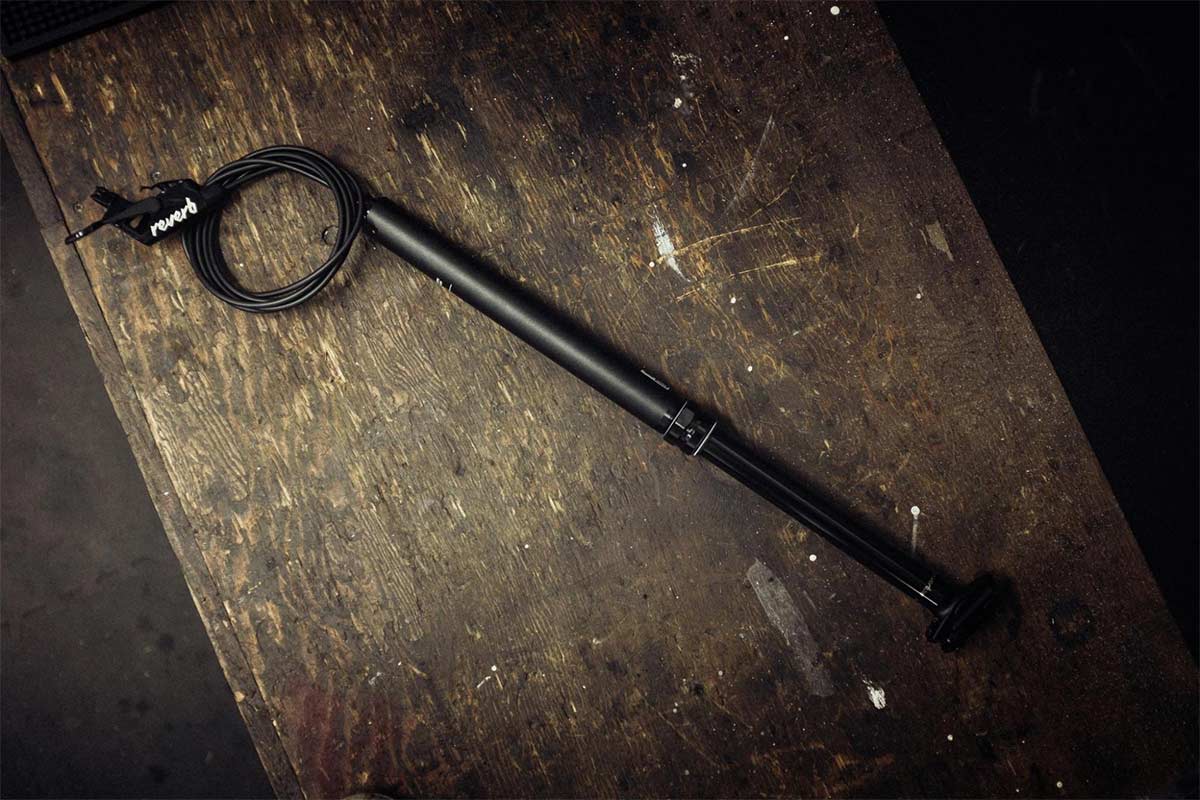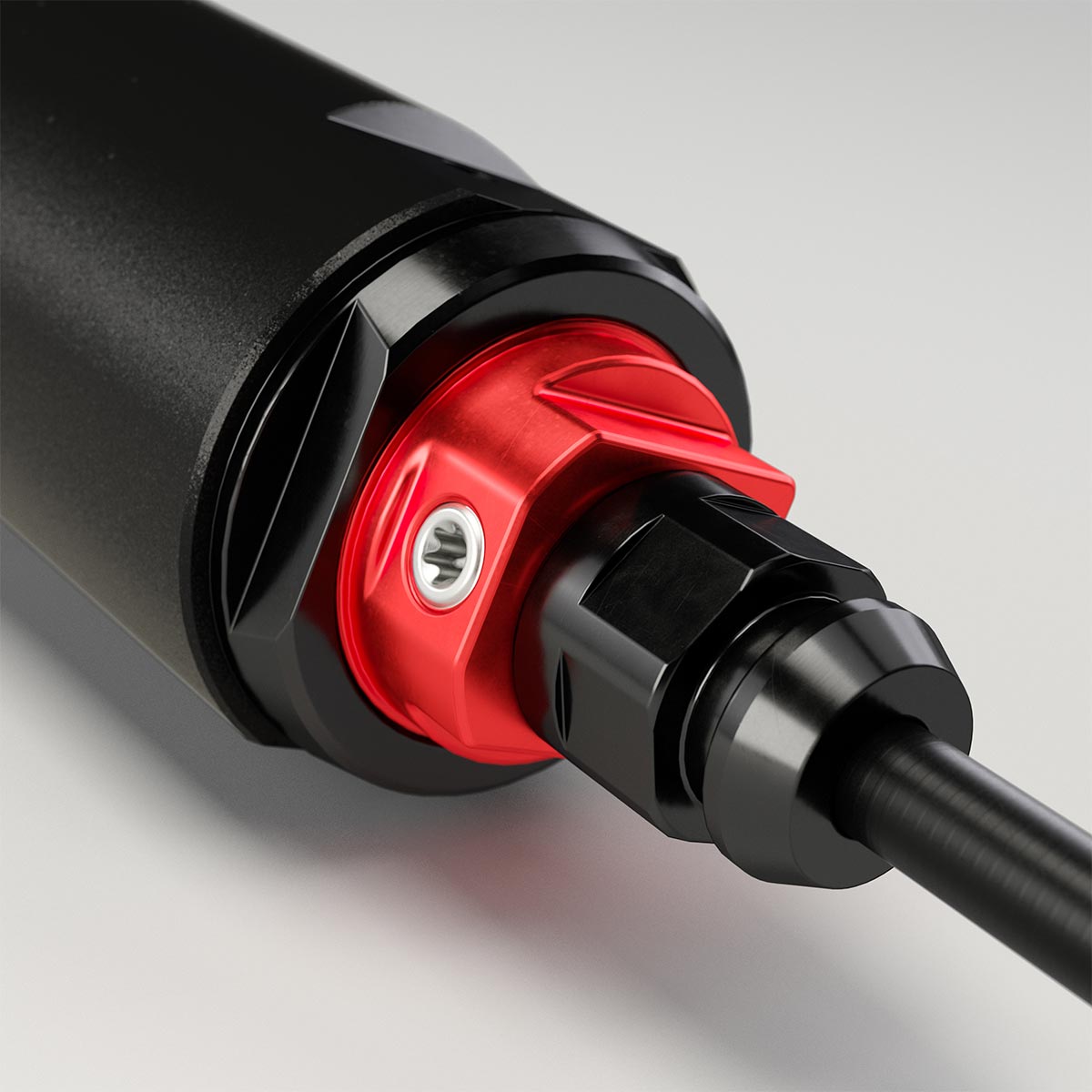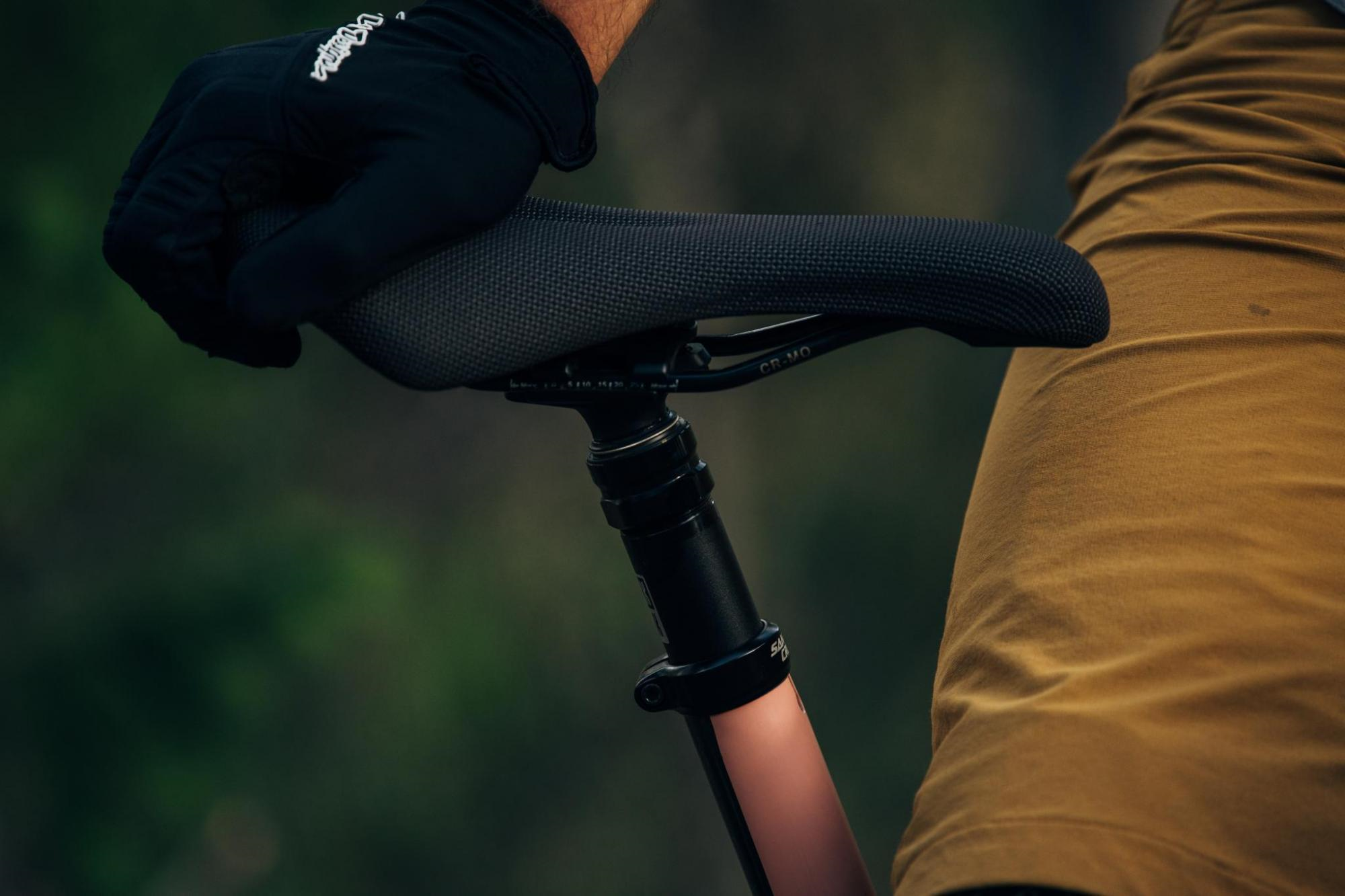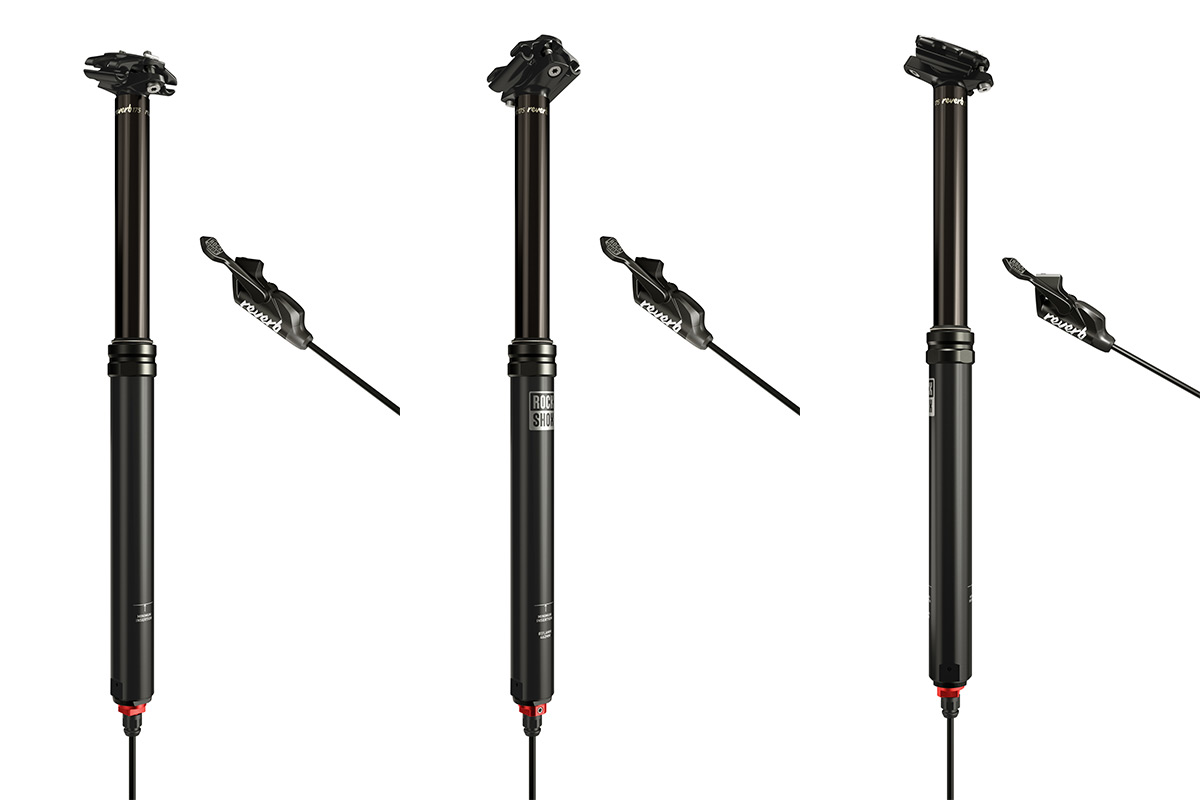Once thought of as a superfluous gadgety expense, the dropper seat post has now become an obligatory part of almost any mountain biking set up. Along with their ability to improve a rider’s shreddiness on the descents came frustration with service, length and reliability. Following swiftly in the footsteps of the Reverb AXS Wireless Dropper, Rockshox have now launched their newest revision of their dropper seat post line-up, the improved Reverb Stealth, bring with it many of the improvements introduced with the wireless version.
Rockshox Reverb Stealth Dropper Seatpost
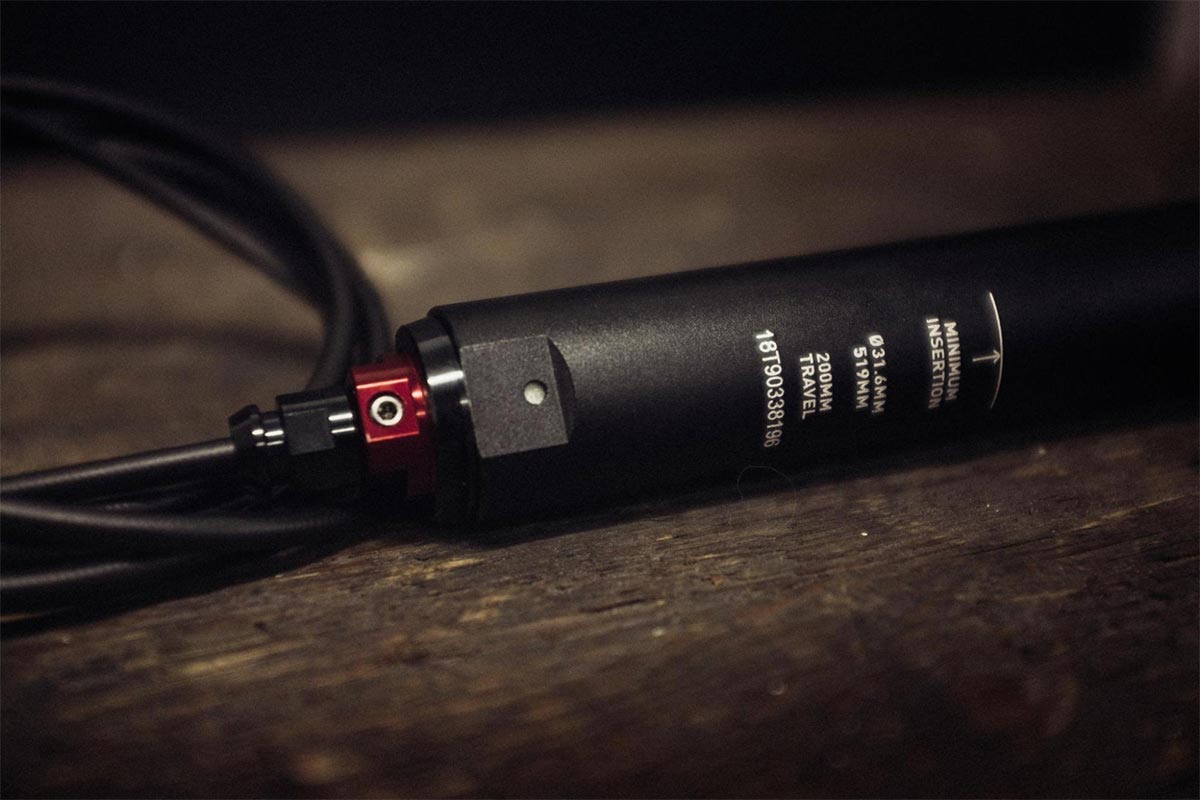
The new Reverb Stealth not only gets longer, but promises more drop than ever as a percentage of the overall seatpost length. Rockshox now offer dropper travel options of 100mm, 125mm, 150mm, 175mm and 200mm, with total seatpost lengths of 301mm, 351mm, 414mm, 467mm and 519.5mm, respectively. The shorter overall post length should allow riders to get more travel than they would have done on previous Rockshox Droppers, on the same bike frame. This will be particularly relevant for smaller frames or riders whose bikes feature a bend in the seat tube, limiting the insertion length.
They accomplished this in several ways. First, the collar is a bit shorter. Second, the connection at the bottom is just a little bit shorter, and they’ve done away with the Stealth-a-majig connection (which was very long). Third, and perhaps most clever, the saddle clamp is dropped to save another 7.5mm of height. Overall, you end up with a post that has nearly 3cm less height, which can be a game changer.
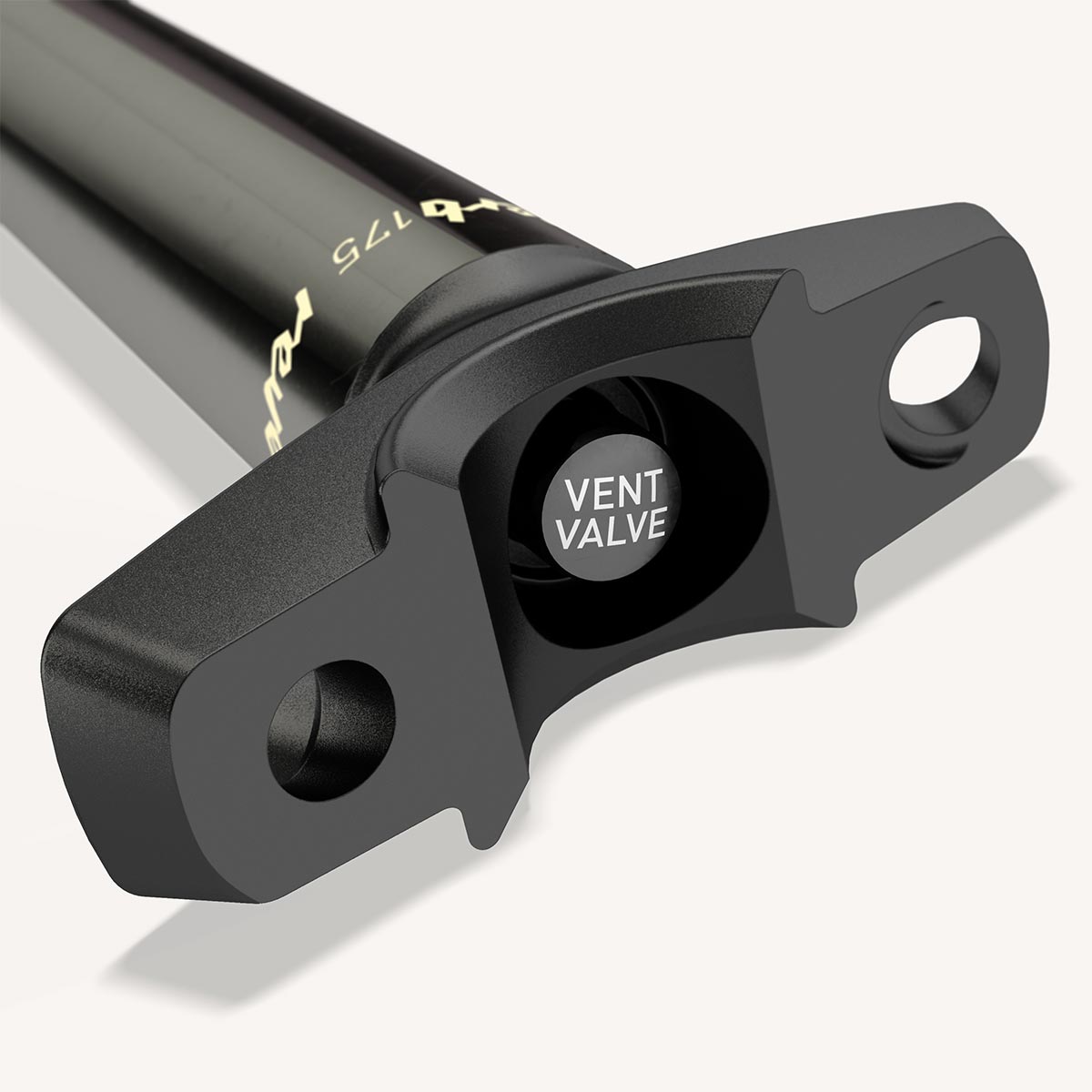
The most interesting feature of this dropper seat post is the Vent Valve that sits atop the post, sandwiched underneath the saddle. It is a common occurrence with hydraulic-actuated dropper seat posts that over time they will develop a ‘squish’, where the post depresses a little when you sit on it, without pressing the remote. This happens when air from the air chamber has made its way past the internal floating piston and into the oil side. Depressing the Vent Valve allows that air to escape back into the air chamber, thus removing that annoying ‘squish’. Fingers crossed, this should mean reduced servicing over the lifetime of the post. In fact, SRAM say the service interval for a complete rebuild has been increased to 600 riding hours (up from 400). Accessing the valve doesn’t require disassembly of the post, except for removing the saddle and top of the saddle clamp to access it.
The Reverb Stealth has fully updated internals, now with a reduced-friction internal
floating piston (IFP) to increase the speed of post actuation and return, and to reduce the force required to compress the post by 50%. A change to the piston and rod diameter increases the mechanical advantage of the rider’s weight on compression of the post, making it easier to drop the saddle. An added advantage to this is that riders can now lift
their bike by the saddle without causing unwanted extension of the post.
Rockshox have worked with Maxima to develop the new Reverb Serene Fluid for lubrication to improve the smoothness of the drop, and to improve the consistency over a wider range of conditions. As with previous iterations of the Reverb, the Stealth allows the rider to adjust the speed of return – some riders like it to shoot up very quickly and make a good noise so that they know it is there, while others prefer the slower, and arguably less risky option, of a slower return speed.
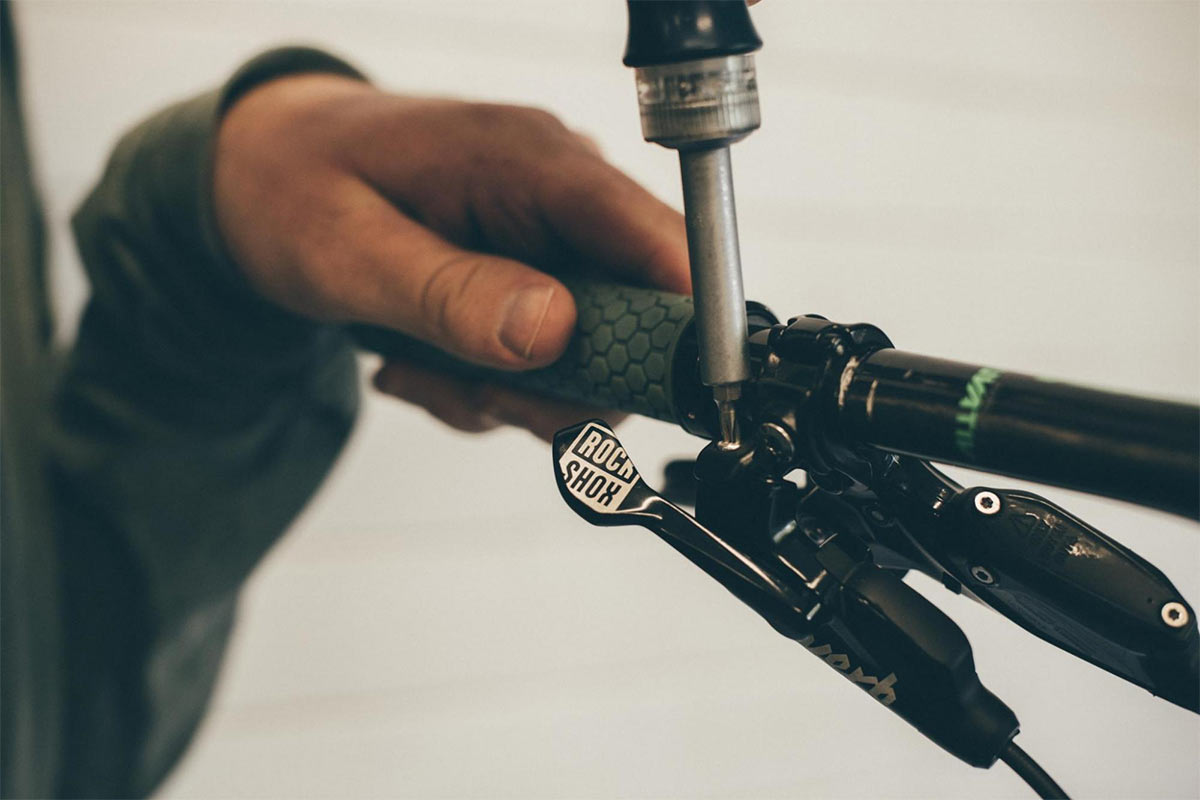
Pricing and Availability
The Reverb Stealth Dropper Seat Post is available in 3 seat tube diameters; 30.9mm, 31.6mm, and 34.9mm, each in 5 dropper lengths. With a standard remote, the post will set you back $349 (€390 or £345). A 1x remote will cost you a little more, at $399 (€445 or £395). With the post and remote you also get a bleed kit, fluid, a torx tool, barb, and a
standard mount or discrete clamp, depending on remote option. Rockshox say they will shortly discontinue the previous iteration of this post, the Reverb Stealth B1, as of June 30, 2019, with the new Reverb Stealth available from around the same time.

